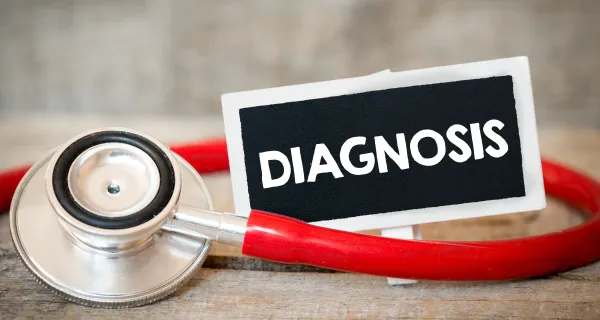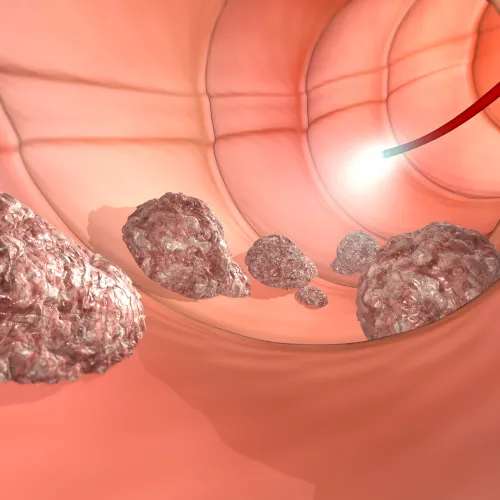4 Tips Highlight ICD-10 Changes
Welcome combination codes and seventh digits.
By now you should be familiar with basic changes you’ll expect as you transition your general surgery practice from ICD-9 to ICD-10, such as the introduction of laterality for surgical-site codes.
But you’ll need to dig deeper as you approach the October 1 implementation date, so we have some little-known tips to help you hone your ICD-10 coding skills.
Tip 1: Prepare for Combination Codes
Under ICD-10, you’ll see more combination codes for certain conditions and their associated common symptoms or manifestations, said Sue Bowman, MJ, RHIA , CCS, FAHIMA, senior director of coding policy and compliance for the American Health Information Management Association (AHIMA) in a recent CMS tutorial.
These combination codes eliminate the need for reporting two codes for a condition with a specific manifestation, but you may find it more difficult to “crosswalk” from an ICD-9 code to an ICD-10 combination code.
Tip 2: Understand the Seventh Character
The seventh character in ICD-10 “has a different meaning depending on the section where it is being used,” Bowman noted. “It must always be used in the seventh character position, and when a seventh character applies, codes that are missing this character are considered invalid.”
In some cases, for instance, you may need to use the seventh character in a code to identify the type of encounter (initial, subsequent, or sequelae), Bowman said.
Tip 3: V Codes Change to Z Codes
“ICD-10 eliminates the use of the [therapy] V codes due to the fact that they provide no clinical information about the patient other than the fact that therapy services are being provided,” noted Kris Mastrangelo, president and CEO of Harmony Healthcare International in a recent company blog posting. “ICD-10 will require much more specificity related to the medical condition resulting in the need for the therapy encounter.”
Under ICD-10, you’ll report V code services under a new set of codes — Z codes, wrote Karen Kostick, RHT, CCS, CCS-P in a recent Journal of AHIMA article. These codes include “aftercare codes,” which identify specific types of continuing care after the initial treatment of an injury or disease.
Tip 4: Beware GEM Shortcomings
CMS, AHIMA, and other industry organizations joined together to develop General Equivalence Mappings (GEMs) to help providers understand how ICD-9 codes relate to the new ICD-10 codes and code categories.
Downside: “Unfortunately, there are no perfect crosswalks to convert from ICD-9 to ICD-10,” Mastrangelo pointed out. “GEMs provide plausible conversions, not equivalent conversions. GEMs do not provide an exact match and in most cases translation may require the selection of the best alternative code from among all plausible coding options.”
When you’re “forward-mapping” from ICD-9 to ICD-10, expect only about 5 percent of all codes to accurately map one-to-one, according to Mastrangelo.
Resources: You can find a treasure trove of ICD-10 resources at www.roadto10.org, a website that CMS has created specifically for ICD-10 transition-related training, tools, and information.




